Nostalgia on Tuesday: Tunnel vision
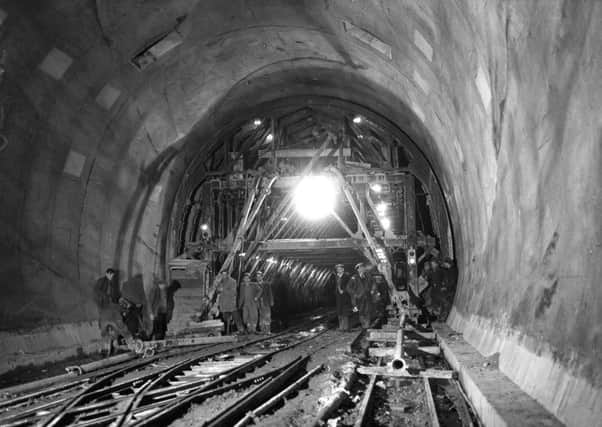

Opening nearly 100 years after the first tunnel, there was hope that the journey between Sheffield and Manchester would be considerably improved. However, changes in the way people and freight moved around the country caused the tunnel, and majority of the line, to close in the early 1980s.
During the mid-1830s a railway route between Sheffield and Manchester was attractive for the industries present in both cities. The first meeting of prospective investors was held in Sheffield on January 4, 1836. The Sheffield, Ashton-under-Lyne and Manchester Railway was formed subsequently with capital of £1m.
Advertisement
Hide AdAdvertisement
Hide AdCharles Vignoles and Joseph Locke were the engineers for the route, which pierced the east side of the Pennines at Dunford Bridge, near Penistone, South Yorkshire, and emerged on the western side at Woodhead in Derbyshire.
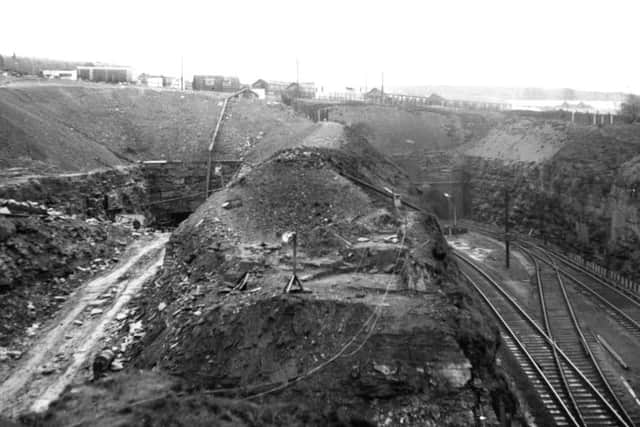

At three miles and twenty-two yards, Woodhead was the longest underground tunnel at the time. Work began in mid-1838 and several years elapsed before the first train passed through on December 22, 1845. The time taken was just over 10 minutes and three cheers were given by the passengers upon the emergence of the train from the tunnel.
To save money Woodhead was only big enough for one set of tracks. This was soon found to be disadvantageous, leading to the authorisation of a second tunnel, which opened on February 2, 1852, after costing almost £150,000 to complete.
The maximum depth below the surface of both tunnels was 600ft. During their construction 28 lives were lost out of a total workforce of 1,800 men. There were 200 severe accidents, and 450 minor ones. In 1849, whilst the second tunnel had been cut, there was an outbreak of cholera which claimed 28 victims.
Advertisement
Hide AdAdvertisement
Hide AdCoal trains travelling westwards through the tunnels from Yorkshire and back again were at one time a regular daily feature. But by the 1930s the two tunnels were showing their age and becoming uneconomical to maintain. The London and North Eastern Railway decided that the best way forward was to construct a new tunnel capable of accommodating two lines, which were also to be electrifiedusing an overhead 1,500 V DC system.
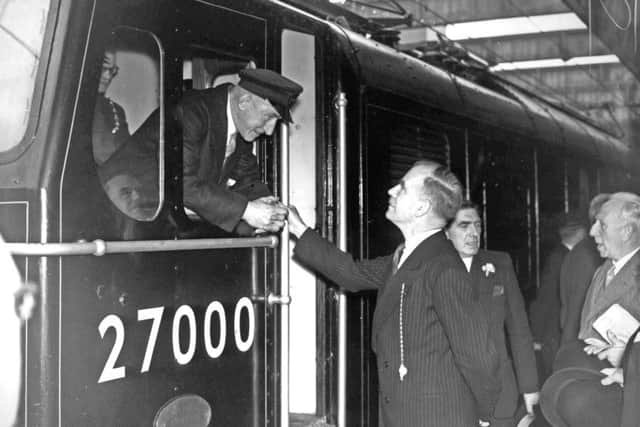

Work on the scheme had just begun when the Second World War broke out, halting progress until after the cessation of hostilities.
On June 21, 1949, newspapers reported that work had begun on the tunnel and this was expected to take three years to complete. The new tunnel was to lie 100 yards to the south of the first two and be straight apart from a curve 200 yards long on the western side.
Appointed as designers and consulting engineers were Sir William Halcrow and Partners; Balfour Beatty were awarded the construction contract. All came under the direction of Eastern Region’s chief engineer John Campbell.
Advertisement
Hide AdAdvertisement
Hide AdDuring work at Dunford Bridge two drills used on the first tunnels were found, one still being in good condition. The village on the Sheffield side was chosen to be the camp site for the 1,000 men involved with the task and featured a hospital, post office, canteen and cinema.
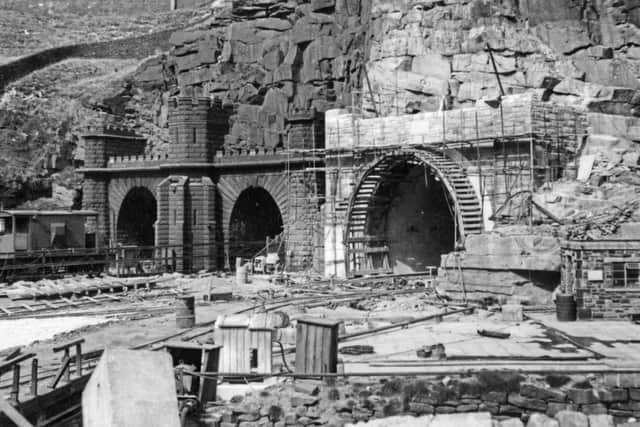

A pilot tunnel was completed in May 1951 and work on expanding the dimensions to 24ft high by 31ft wide commenced soon afterwards. As the spoil was removed steel supports were installed to allow preparations for the tunnel’s concrete lining to begin. The tunnel was lined by mid-1953. Then, the drains were laid, the overhead power lines installed and signalling equipment fitted. Two new stations were also provided for passengers, at Woodhead and Dunford Bridge.
This new third tunnel was three miles, 66 yards long – 131ft longer than its neighbouring one and two tunnels. Six lives were lost during construction.
On September 17, 1954, an inaugural run was made from Sheffield to Manchester. A number of British Railways officials and local businessmen were on board the train, which received the whistle of departure from chairman of the British Transport Commission Sir Brian Robertson. The train was headed by Class EM2 electric locomotive No. 27000 Electra, which the Lord Mayor of Sheffield, Alderman JH Bingham, jokingly described as looking “more like a cinema organ than an engine”.
Advertisement
Hide AdAdvertisement
Hide AdDeparting two minutes early from Sheffield Victoria station at 11.45 am, the distinguished party arrived in Manchester 53-and-a-half minutes later. Sir Brian Robertson delivered a special handshake to the driver Frank Laming, of Sheffield, and said: “Congratulations. A grand run.”
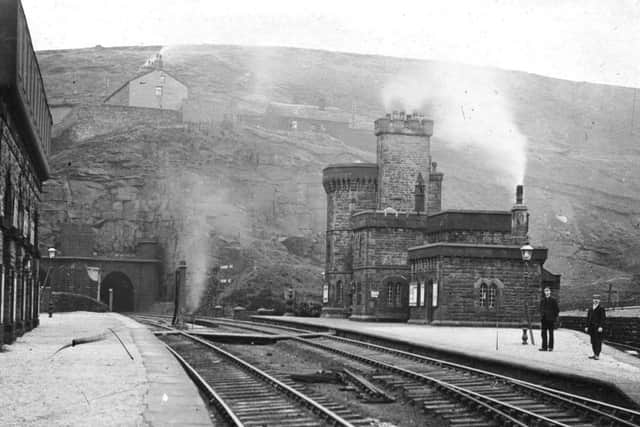

When the LNER began the project the estimated cost had been £3m, but upon completion the Woodhead tunnel and electrification of the line had cost about £11m.
In 1956, British Rail announced that further electrification projects would use 25 kV AC systems leaving the Woodhead route in the minority. Passenger services were discontinued from 1970, and freight trains stopped running in 1981.
Tunnels one and two had been bought by the National Grid in the 1960s and the company installed high voltage cables to transmit electricity. During 1981 the National Grid also acquired the 1953 tunnel to install new cables, planning to abandon the 19th century tunnels when the cables needed renewing. The National Grid began work on this project around 2007.
Campaigners were disappointed as they had been hoping to reopen the line.